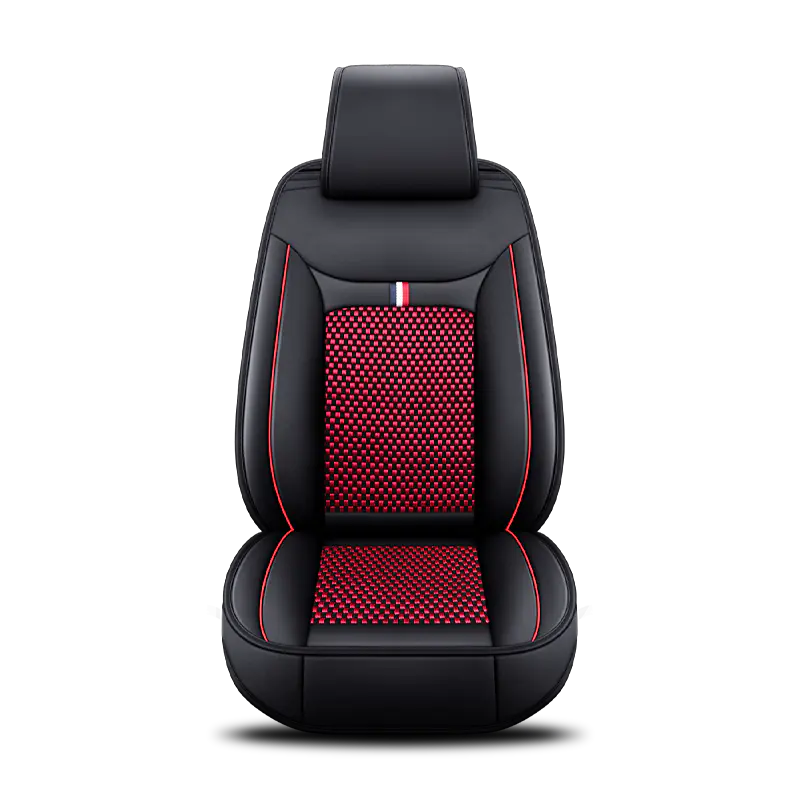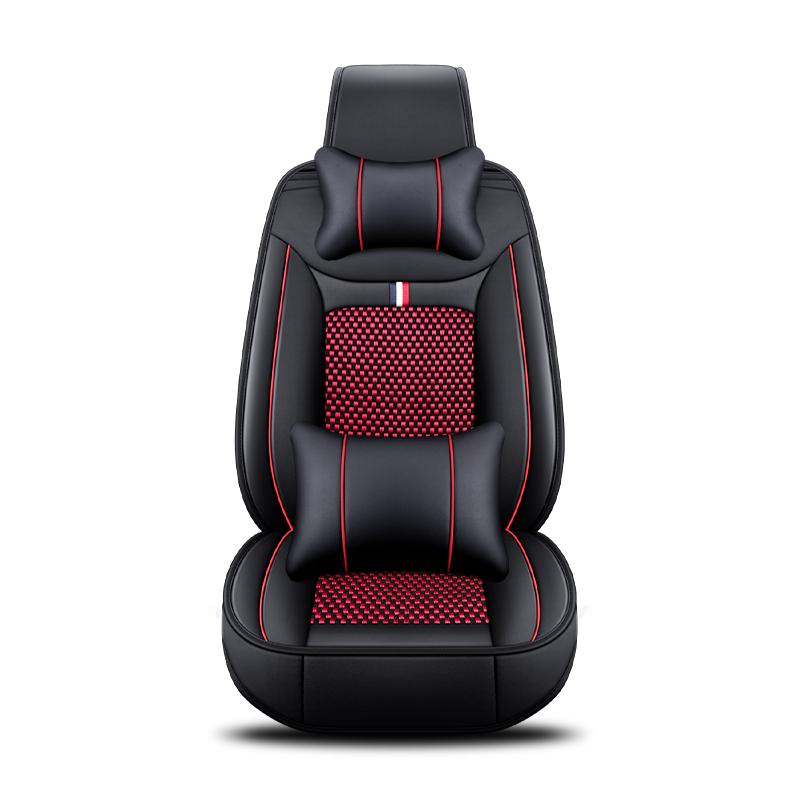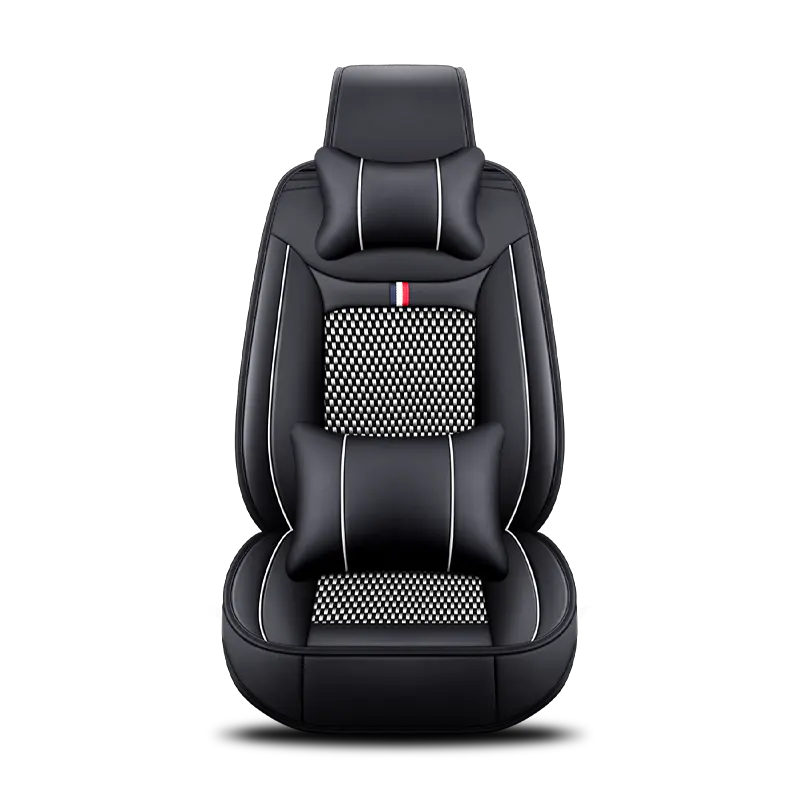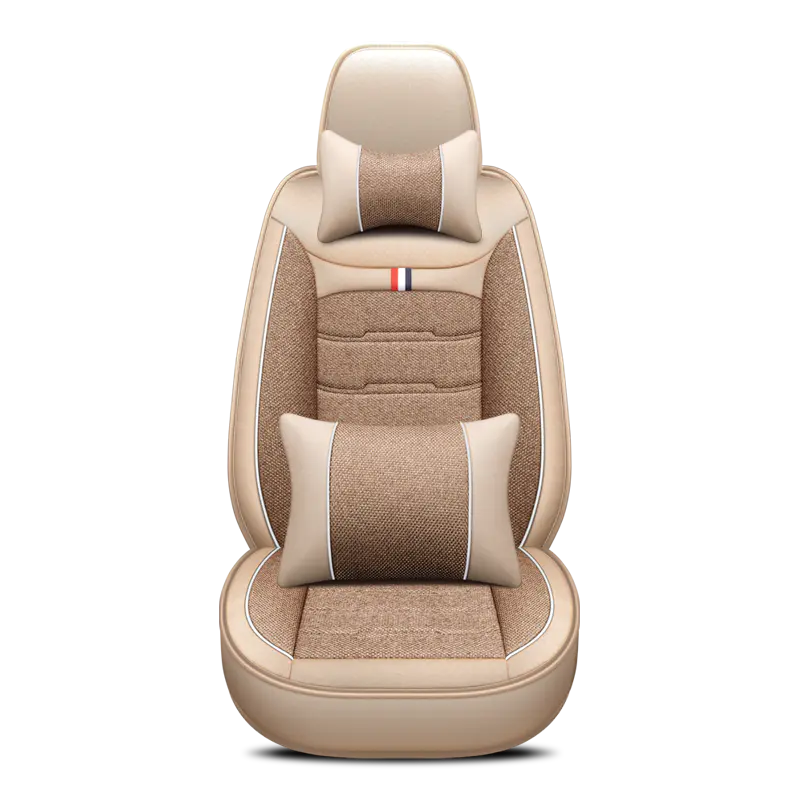Custom car seat covers are an essential part of vehicle customization and protection. As manufacturers, we are acutely aware that these products must meet both aesthetic and functional demands. A custom car seat cover is designed not only to enhance the look of the interior but also to safeguard the original upholstery from dirt, wear, and environmental damage. But how exactly do we go about producing a high-quality custom car seat cover?
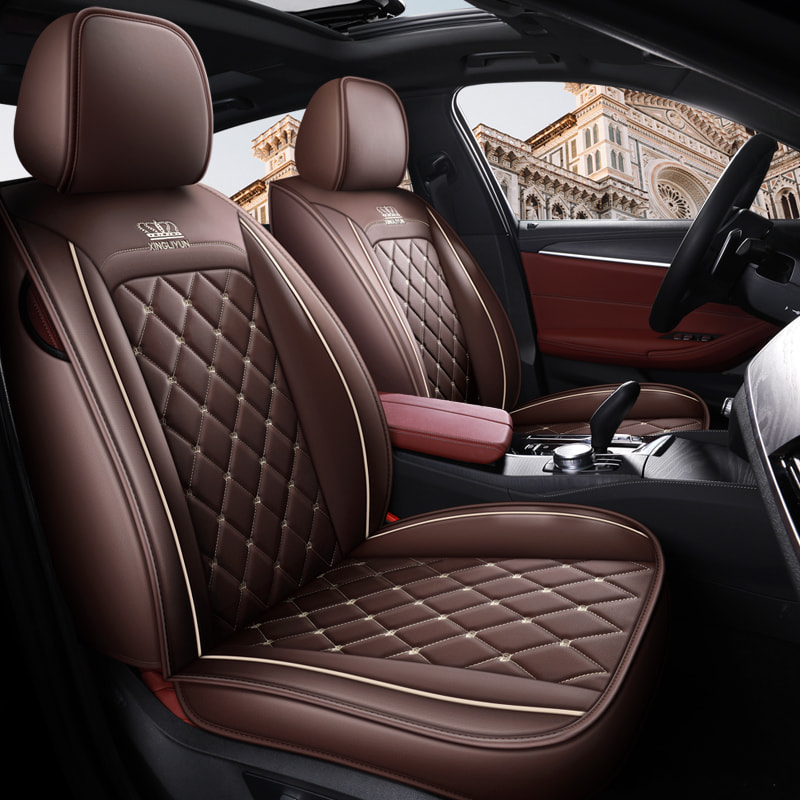
The stage in the production of a custom car seat cover is the design process. This is where we collaborate with customers to determine their needs and preferences. Customization could involve a variety of factors: the type of vehicle (sedan, truck, SUV, etc.), preferred material (leather, fabric, neoprene, etc.), color scheme, pattern, and stitching details.
Once the basic parameters are agreed upon, we use vehicle-specific patterns to ensure the custom car seat cover fits. A well-fitting seat cover is crucial as it needs to be snug, so the cover stays in place while maintaining functionality. For us, ensuring the precise fit requires extensive data about each car's seat model, dimensions, and design quirks. This allows for the creation of a design template that aligns with the contours of the seats.
The material selection for custom car seat covers is one of the important factors in the manufacturing process. Depending on customer preferences and intended use, different materials are chosen for their specific properties.
For example, neoprene is commonly selected for its water resistance, durability, and comfort. Neoprene custom car seat covers are popular for outdoor enthusiasts who need to protect their seats from moisture, mud, or other debris. Leather, on the other hand, is often chosen for luxury vehicles or for customers who desire a more sophisticated aesthetic.
We also offer fabric options that include polyester blends, which offer a balance of breathability, softness, and stain resistance. Each material is tested for its ability to withstand the wear and tear of daily use, its ease of cleaning, and how it handles sunlight exposure, as fading can be a concern for many customers.
Once the materials are chosen, we begin the cutting process. Using the templates from the design stage, we cut the material to the exact size and shape required for each section of the custom car seat cover. The precision of the cutting process is vital. If even a small mistake is made, it could compromise the overall fit of the cover and, ultimately, the customer's satisfaction.
We employ both manual and automated cutting machines to ensure accuracy and consistency. Advanced machinery allows us to make precise cuts for complex patterns and shapes, while manual adjustments are sometimes necessary for intricate details or special customization requests.
After the pieces are cut, they move on to the sewing and assembly stage. This is a critical part of the process for producing a durable custom car seat cover. High-strength thread and industrial sewing machines are used to stitch together the various pieces of the cover, including the seatback, cushion, and armrest sections. The stitching must be both strong and neat to ensure that the seat cover remains intact over time, even under stress or frequent use.
At this stage, we also add any additional features requested by the customer. This could include features such as pockets, additional padding, reinforced seams, or embroidery. Custom logos or branding elements are also incorporated into the design at this point.
Before the final product is packaged, it undergoes a fitting process. This involves placing the custom car seat cover onto a vehicle seat to check for fit and function. The cover must be tight enough to stay in place but not so tight that it becomes difficult to install. We also check for comfort, ensuring that the material does not interfere with the seat's functionality or the passenger's experience.
During testing, any issues related to the fit, stitching, or material are addressed. If necessary, adjustments are made to ensure that the final product meets the required specifications. This step helps us ensure that the customer receives a custom car seat cover that is as practical as it is stylish.

